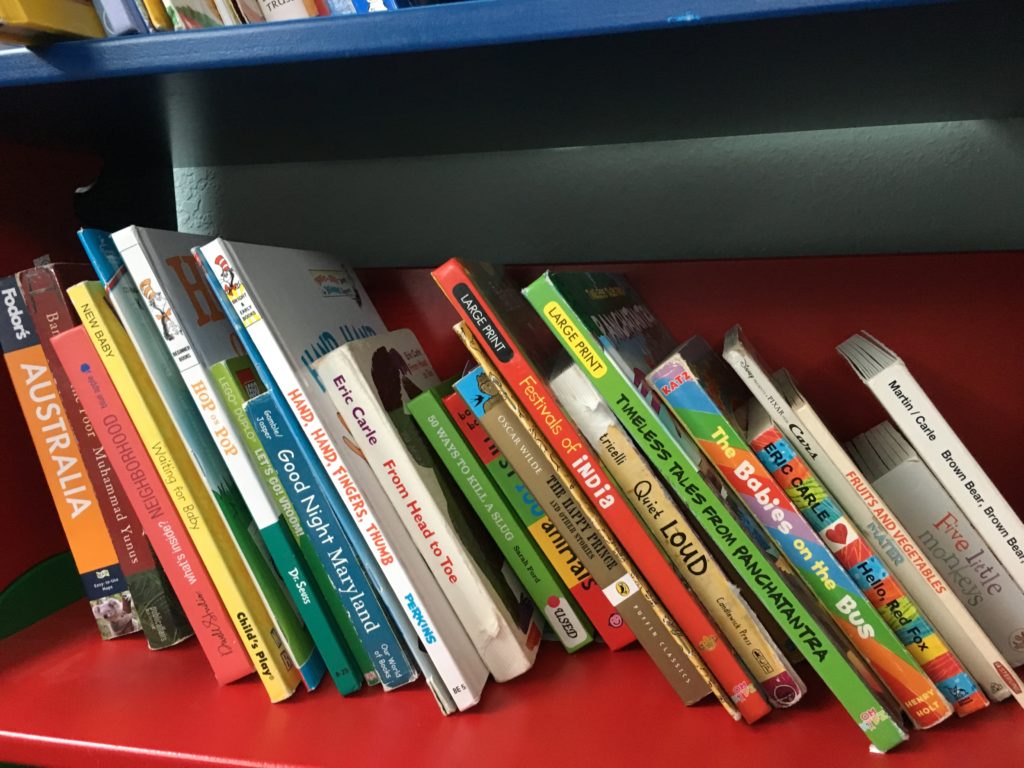 As I began researching the economics of getting a children’s book published and distributed, I was surprised at the different elements involved. Most of us don’t know what goes behind it, so thought it might be interesting to know
As I began researching the economics of getting a children’s book published and distributed, I was surprised at the different elements involved. Most of us don’t know what goes behind it, so thought it might be interesting to know
– Illustrations – Unless you are a highly skilled artist yourself, which many of us do not have the good fortune to be 🙂 – Illustrations can be the most expensive (and important) component. Highly professional illustrators will probably do a 25-page children’s book for $5K. That is the low end, believe me. There are artists you can find on Fiverr, Behance etc for sometimes a slightly lower budget, but there is a lot of trial and error, you have to do a few jobs to choose someone you like. Quality control for a first-time self-publisher is always a tight- rope-walk.
– Printing – If you want to do hard copy children’s books – which is the format in most demand for children 2-6, there are limited choices. I am setting aside the print on demand model for now. The viable option is to print a large number of copies at once. The printers used for it assure good quality prints.The minimum number is usually 1000 copies. Printing can be very expensive – I got quotes all over the place. Some reasonable hybrid publishers put a rate of $4K-$5K for 1000 copies. You can also look into off-shore printing. It can be cheaper, maybe cut it by half even. Again the risk element here is quality control. So you have to make sure you choose something that can give quality at a reasonable price. And there are also the shipping costs from off-shore to here that you also have to consider.
– Shipping – Shipping a simple hardcopy book by USPS is probably about $2.5 per item. But that means you would have to do each one yourself. Imagine doing it for a 1000 copies! The other option is to use a fulfillment service. Amazon fulfillment service with the different options comes to about $5-6 bucks per item. Again quotes I got were all over the place. But it gives an idea
– Distribution – Did you know that when you approach bookstores to stock and sell your books, you have to give 50-60% of the list price. So if you were selling a hardcopy book for $15 (market rate) you will give about $8 right there. In that case, of course, there won’t be shipping.
– Sales and Marketing – You have to do a LOT to move the books. Book events approach libraries, etc. Even if you are picked by a traditional publisher, these days an Artist has to be out there. For self-publishers this is even more important.
These are all quick and dirty, rough estimates. But a lot of us don’t understand what goes behind the scenes.
Kickstarter allows authors to raise some upfront costs. Usually, that involves illustration, printing and sending the rewards earned by contributors of Kickstarter to the contributors. Kickstarter takes a 5% fee. But compare that to the other options of distribution, it seems reasonable.
The other benefit of Kickstarter is, of course, the concentrated marketing efforts that go into the campaign and the connection with backers. More to come on that..

How do you approach if you want to publish through kickstart how do you go about it
Sabitha Aunty – Kickstarter is a Crowdfunding platform. Various artists/writers/inventors use it to raise funds. The publishing happens outside of Kickstarter. Kickstarter only helps with the fund raising part.